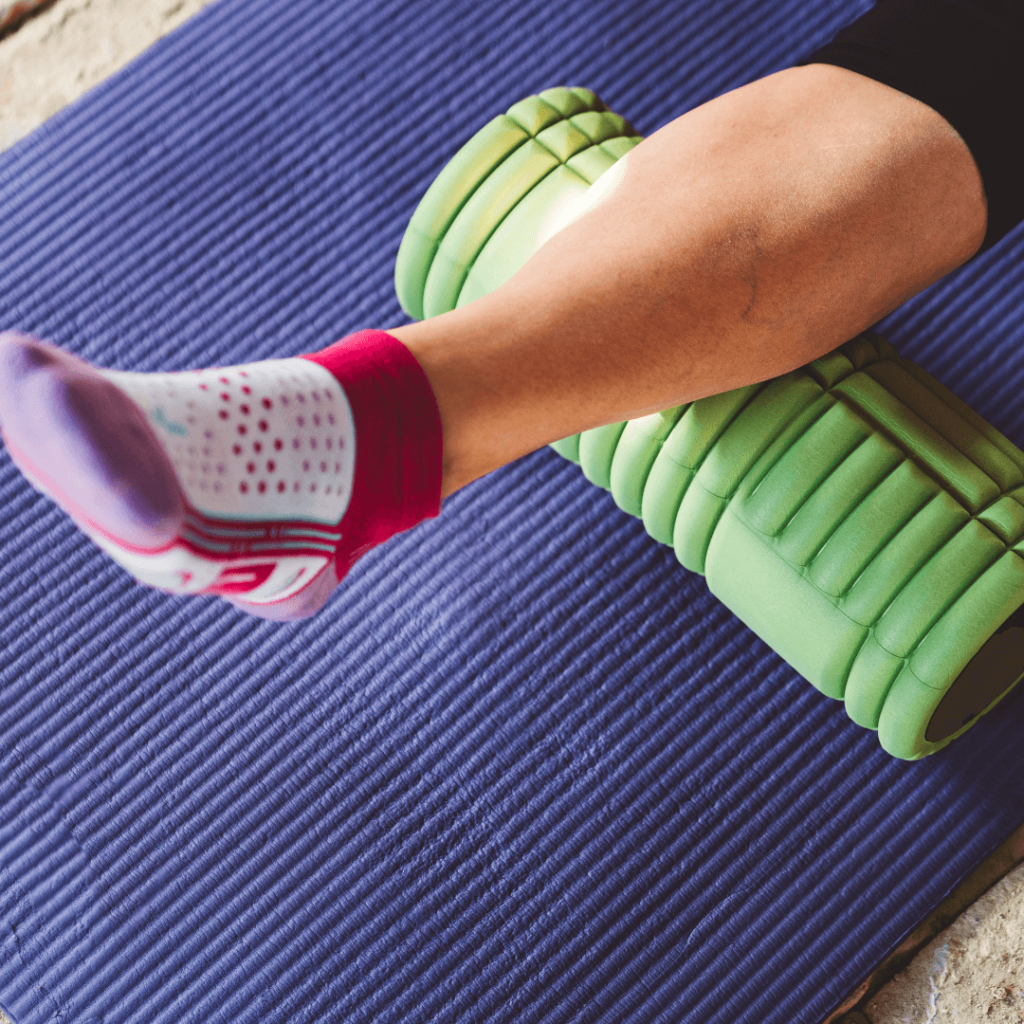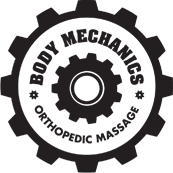Foam rolling is a popular technique used to alleviate muscle tension and improve flexibility. However, when done incorrectly, it can lead to mistakes and potentially cause harm or discomfort. As the New York marathon approaches, we know there are a lot of you out there foam rolling, especially in between your sports massages! Here are our best tips for foam rolling and the most common problems.

- Rolling Too Fast: Foam rolling too quickly over the muscle can prevent the foam roller from effectively targeting muscle knots and trigger points. Slow, controlled movements allow for better pressure and muscle relaxation.
- Applying Too Much Pressure: Using excessive pressure or applying the full body weight can cause pain and bruising. Start with moderate pressure and gradually increase it as your muscles loosen up.
- Don’t Roll Over Joints or Bones: Avoid rolling directly over bones, joints, or the lower back. Focus on rolling over muscle tissue and avoid sensitive areas to prevent injury.
- Use Your Breathing to Help You Relax: Holding your breath or shallow breathing can increase muscle tension and hinder the effectiveness of foam rolling. Remember to breathe deeply and rhythmically throughout the foam rolling session.
- Neglecting Different Muscle Groups: Ensure you target all major muscle groups, including calves, thighs, glutes, back, and shoulders. Neglecting certain areas can lead to muscle imbalances.
- Spending Too Little Time on a Muscle: Spending only a few seconds on each muscle group may not allow the muscles to fully release and relax. Aim for at least 1-2 minutes per muscle group for effective release.
- Avoid Acutely Painful Areas: If you encounter intense pain or discomfort during foam rolling, avoid rolling directly over that area. Instead, work around it or use gentler techniques until the area becomes less sensitive.
- Do Not Foam Roll an Active Injury: Foam rolling over an actively injured or inflamed area can worsen the condition. If you have an injury, consult a healthcare professional before using a foam roller.
- Pick the Right Foam Roller: Using a foam roller that’s too soft or too hard for your needs can be ineffective or uncomfortable. The same goes for too big or too small! Choose a foam roller with an appropriate density based on your muscle sensitivity and experience.
Foam rolling is a cost-effective form of self-care and a good way of getting to know your body. It is also a frequent go-to for runners, but it is more than just rolling around. You really want to be careful that you take your own body and its needs into account when you are beginning a foam rolling self-care program.
These tips for foam rolling can help you avoid common mistakes and figure out what might feel right to you! Remember, if you’re new to foam rolling or have any health concerns, it’s a good idea to consult a healthcare professional or a certified fitness trainer for guidance on the proper techniques and usage.

